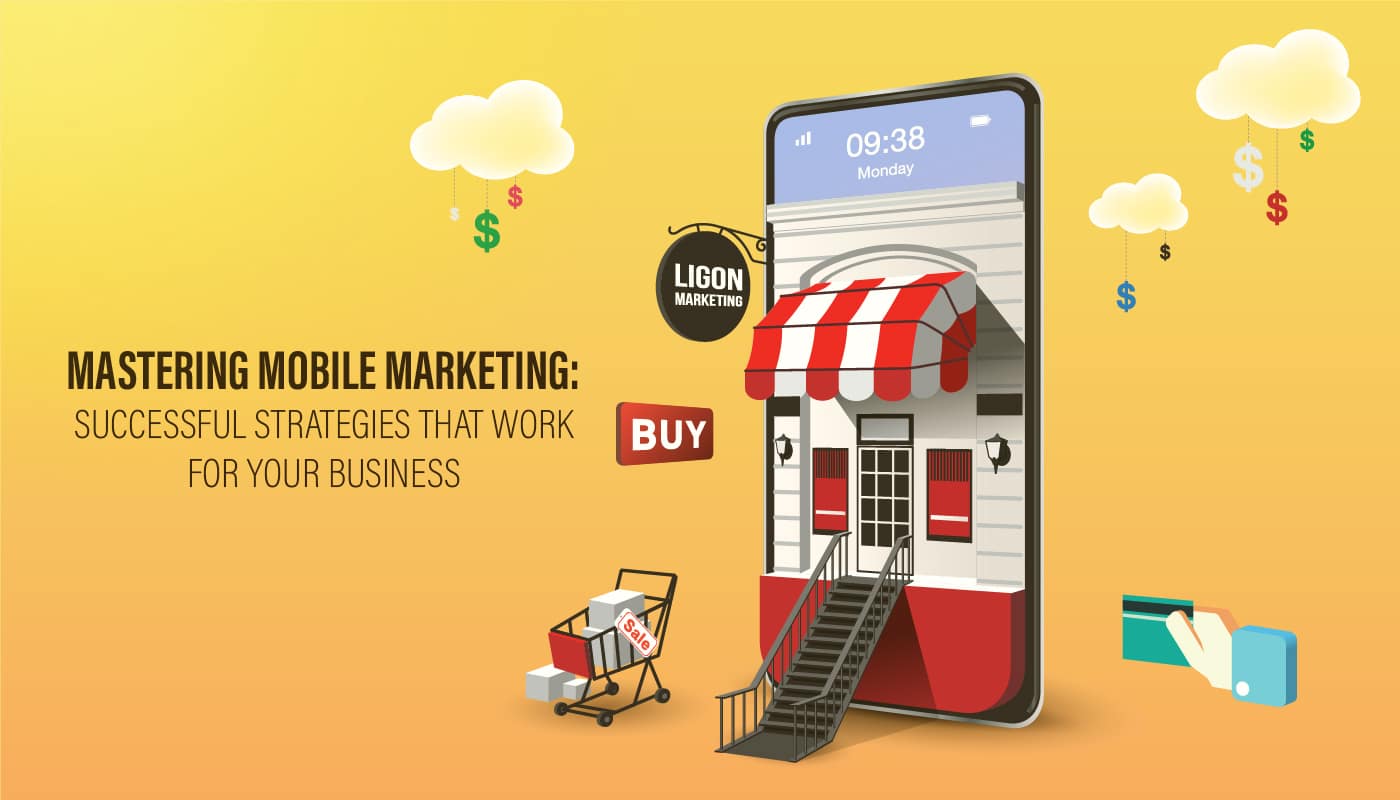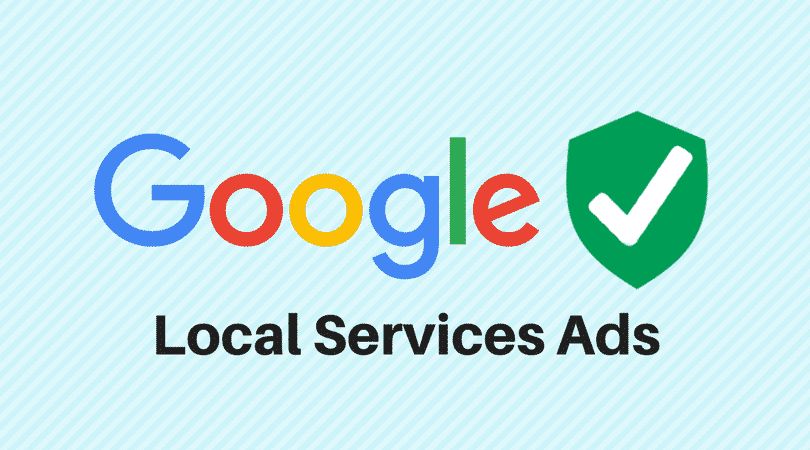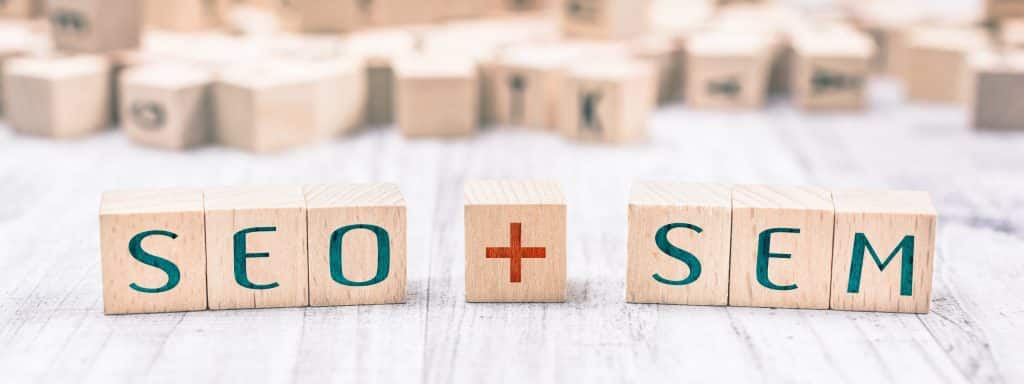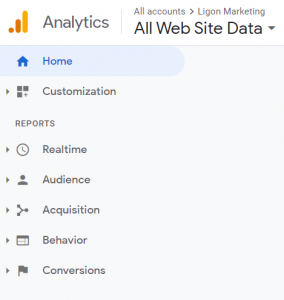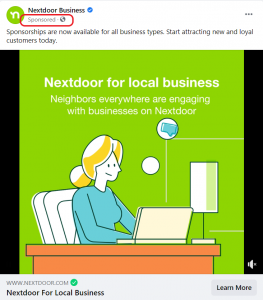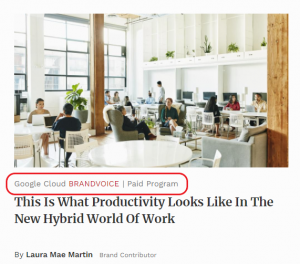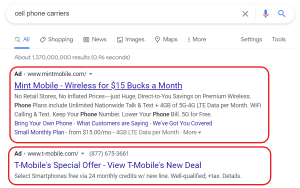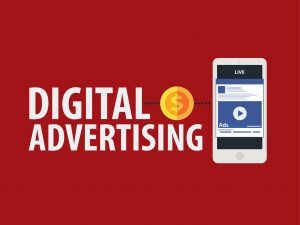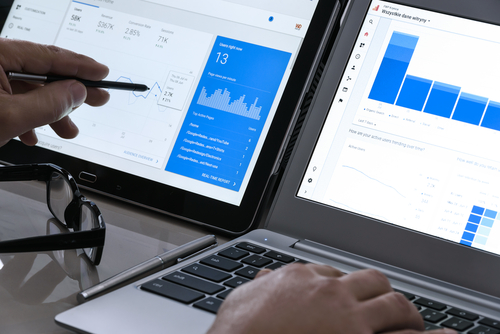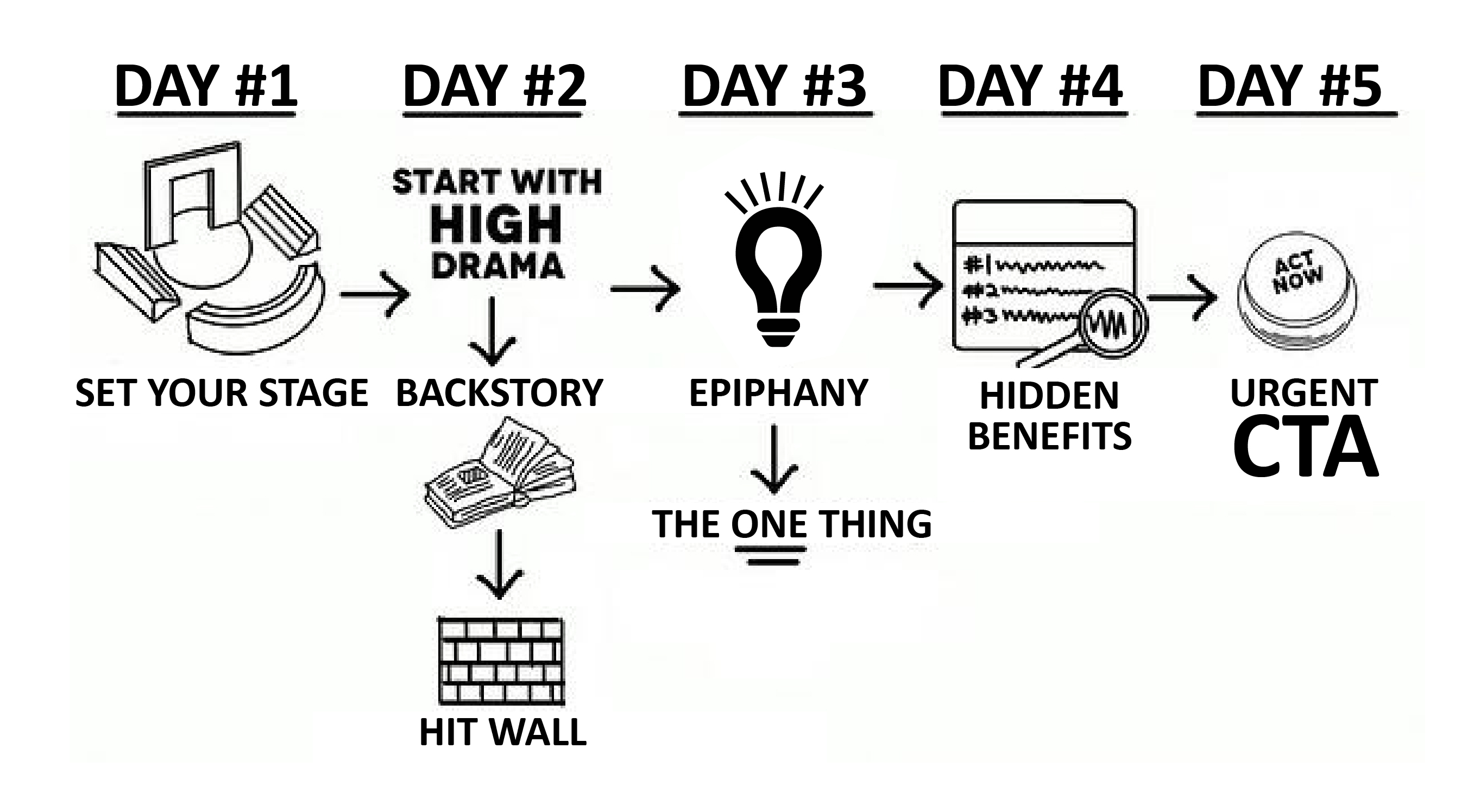Mastering Mobile Marketing: Successful Strategies that Work for Your Business
Mobile marketing has quickly become one of the most utilized methods of marketing. It is estimated that more than $271 billion will be spent on digital advertising by the end of 2023. Since last year, that number has increased by more than 11 percent. Digital advertising encompasses a wide range of promotional activities conducted through digital channels and platforms. It leverages the internet and electronic devices to deliver targeted messages to a specific audience. Included in that area is mobile marketing, which is what we are focusing on here. Mobile marketing includes advertisements specifically designed for mobile devices, including mobile apps, mobile websites, and location-based targeting.
When it comes to our cell phones, sometimes it can feel as if the power of life itself revolves around them. They have become our personal assistants, managing everything from calendars to maps and reminders to entertainment and social connections. Targeting mobile users makes good sense for relatively low dollar amounts. It allows businesses to reach a highly targeted audience, track performance metrics in real-time, and adjust strategies based on data insights. It’s a dynamic and evolving domain that continues to adapt to new technologies and consumer behaviors.
So how do we attract consumers and advertise effectively when it comes to mobile marketing? We’re glad you asked. At Ligon Marketing, our experts have a few tips up their sleeves on this very topic. Let’s take a look at some key components, below:
Targeted advertising
Your digital desktop campaign may drive traffic to your website and business, but does it work as effectively for mobile users? People search desktop computers (and laptops) in different ways and for different purposes than they use mobile devices.
While they may use the same keywords, their goals and urgency may be quite different. Developing your mobile strategy and advertising campaigns starts with understanding the thinking and behavior of those who are seeking your products or services. Once the mobile campaign is implemented, it’s important to measure mobile and desktop results independently. Detailed tracking will help you make the most of both campaigns and spend your marketing dollars effectively.
Mobile-specific ads and landing pages
As mentioned above, translating existing website content to a mobile format doesn’t always work. Sure, you want consistency in your branding, but why not consider creating an ad specifically for mobile use, and linking it to a mobile-only landing page? You might increase conversions through an ad that has a sharp, relevant landing page to keep your audience clicking.
Ad campaigns based on location targeting (geo-fencing)
By definition, mobile users are a “moving target.” They want information about your business when they need it and right where they are, and your company has to deliver relevant and personal experiences to attract these consumers.
Targeting by location is one way to customize your message, addressing their interests where they are. How does it help?
- You can compete with bigger competitors. Why shop with big-box stores when your local retailer is nearby?
- Your customer feels like you know them and establishes a deeper connection with your brand. Use Starbucks, for example. They know what you like to drink based on your preferences and can guide you to their closest store to get it.
- Technology allows you to measure your consumers’ offline behavior.
Again, know your audience and what will be relevant and valuable to them. Coupons or discounts that pop up when the mobile user is in a specific area can be helpful and appreciated.
No one wants to feel their privacy has been invaded, so consider what type of messaging provides value and will be welcomed when delivered. Keep in mind, this tactic is not necessarily valuable to all companies, so don’t feel like you must jump in. Your marketing dollars may be better spent on other mobile tools.
We understand that realistically, this can be a bit overwhelming for any business owner. That’s why it requires a lot of careful consideration and planning. Why do it alone? Hiring an agency like Ligon Marketing can help you navigate the best way to advertise, so you can spend your time on what you built your business to do – thrive!
Text campaigns
Text campaigns (or SMS) may seem like old news, but they still offer some nice benefits to marketers. Primarily, instant delivery, direct to a consumer who wants to receive it. (To avoid the invasion of privacy factor, get the buyer’s permission, or opt-in, before implementing this tactic.) Research indicates that within 15 minutes of being delivered, text messages boast an average read rate of 97% after opting-in. Of course, it’s just as easy to overuse the invitation to text, and advertisers can lose their welcome if the messages fail to offer value and a reason to stay engaged. Consider running a text message campaign where users can participate in polls or contests by sending a text message with their responses. Engage them further by providing instant feedback or entry into a contest.
Create an app and enable notifications
Creating a mobile app for your business can offer a wide range of benefits and opportunities. These include enhanced customer engagement, improved user experience, direct marketing, data collection and analysis, e-commerce and sales, and other creative marketing opportunities. By having consumers download your app, they will be able to interact with your business in an innovative way. It’s important to note that while mobile apps offer many advantages, their development and maintenance require an investment of time and resources. This is why partnering with a trusted marketing agency is key if you plan to go this route.
Next steps
Like other forms of marketing, mobile campaigns are built on strategy. Know your audience, make your campaign speak to their needs, and know the goals you want to reach. Then measure your results. It often takes time and tweaking to hit the right note and achieve the desired results.
Developing effective strategies and implementation plans is what we do at Ligon Marketing. Check out our website and give us a call to talk about how mobile marketing can work for you and your business!


